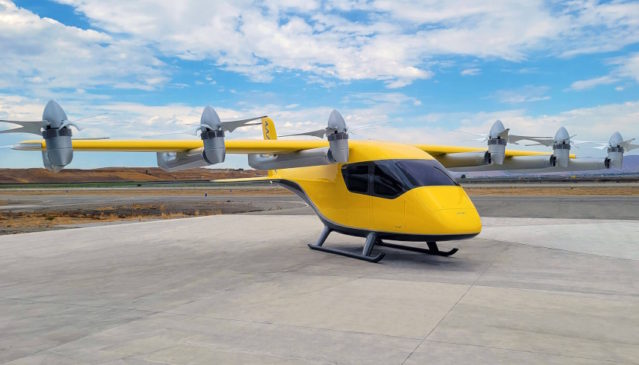Connected vehicle specialist Wejo Group is developing a platform to enable the intelligent handling of data from vehicles at scale that also protects privacy.
Wejo is announcing its Neural Edge processing platform, in partnership with Microsoft, at the Consumer Electronics Show (CES) in Las Vegas.
Smart city data
Rich vehicle data will be one of the data sets that will help to power the smart cities of the future. Through a strategic partnership with Microsoft Azure and powered by Wejo’s Adept platform, Wejo Neural Edge aims to optimise how this data is managed within the vehicle, processing it at the edge and communicating it to the cloud.
Wejo claims that this process will not only reduce data overload and maximise data insights but will reduce costs for automotive manufacturers and improve manufacturing of the vehicle to provide a better driving experience. It aims to support safer vehicles, enabling further advancements in EV and autonomous mobility, and reducing congestion and emissions.
“When I started Wejo in 2014, I knew that the proliferation of new mobility technology would drive data to a tipping point. And we are at that point today,” said Richard Barlow, founder and CEO, Wejo.
“With today’s vehicles producing approximately 25Gb of data per hour, and as vehicle technology advances adding more sensors, data filtering and neural edge processing technology is essential to reduce this overload and drive the industry forward.
“Partnering with Microsoft and Palantir has positioned us to address this problem today, and to look ahead at the benefits of Wejo Neural Edge as a driver in the growth of autonomous mobility.”
The platform will filter and analyse large amounts of autonomous, electric and connected vehicle (AV, EV and CV) data before transmitting only the essential information to the cloud. The embedded software technology, in combination with Microsoft Azure cloud computing platform, will enable Wejo Neural Edge to:
reduce network and storage costs for auto manufacturers by optimising the data coming from the vehicle leveraging embedded software within the vehicle chipset
utilise machine learning algorithms to reconstruct vehicle journey and event data. It claims to be able to take 20 per cent of the data from AVs, EVs and CVs and reconstruct it to represent 100 per cent of the data, without any loss in data fidelity or integrity
enabling vehicle-to-vehicle (V2V) and vehicle-to-infrastructure (V2I) communications. Data can be standardised and centralised, not only forming a building block for communication in near real-time, but it also supports communication with infrastructure services such as road signs, traffic lights and parking lots, enabling vehicles to anticipate the road ahead
delivering a digital twin of the vehicle and cities to reshape the mobility product and service ecosystem. For example, in a simulation environment, a digital twin of the US can be constructed to simulate how vehicles in different cities need to respond and navigate without having to outlay massive infrastructure costs of physical hardware or vehicles to be able to relearn how a vehicle should behave as an AV or EV in smart cities.
“At Wejo, we believe that digital twins will reshape everything from road safety, to insurance, advertising, after-sales and more,” said David Burns, chief technology officer, Wejo. “With Wejo Neural Edge we can look at what a CV is doing a kilometre away, and then alter and change the driver experience of an AV based on the information that is coming from down the road.”
Source: smartcitiesworld.net
Source: IOT NETWORK NEWS





